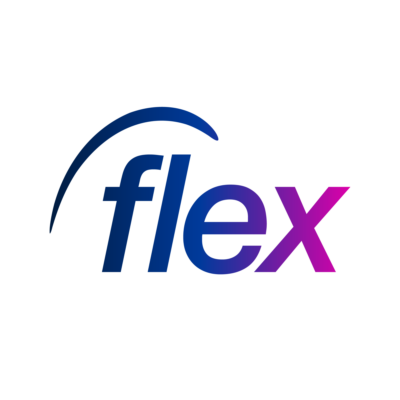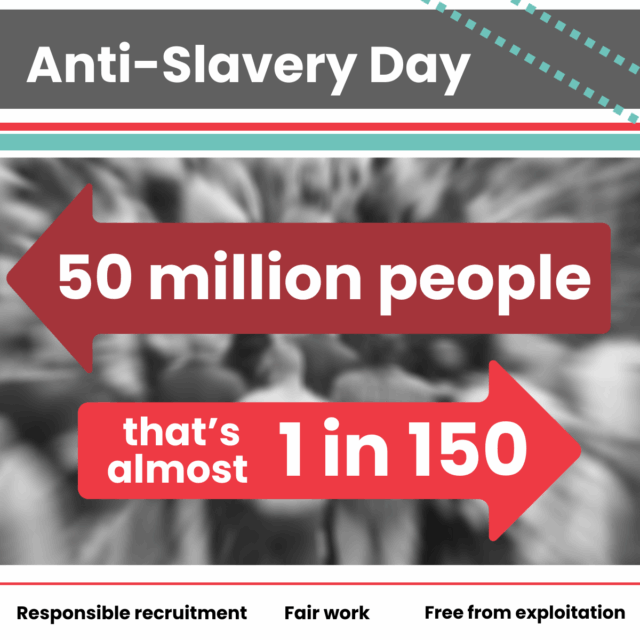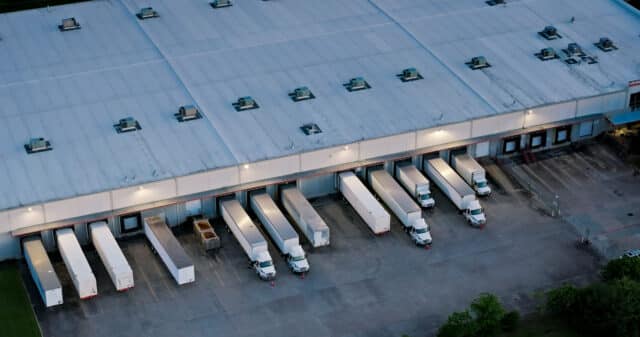
Preparing for 2025: economic trends and workforce planning insights
As businesses prepare for 2025, understanding the economic landscape and upcoming policy shifts is crucial for effective workforce planning and procurement strategies. Jack Kennedy, Economist at Indeed, provides insights into the anticipated economic trends and the implications of the forthcoming National Insurance (NI) changes.
The UK economy is projected to experience modest growth in 2025, with GDP expected to increase by approximately 1.7%, driven by increased government spending, according to Paul Beare.
- Inflation: While inflation is expected to gradually ease, it remains a concern for both businesses and consumers.
- Labour market: The labour market remains competitive, with employment growth expected to continue, albeit at a moderated pace.
National Insurance changes
Significant adjustments to National Insurance contributions are set to take effect from April 2025:
- Employer contributions: The rate will increase from 13.8% to 15%, and the threshold for contributions will decrease from £9,100 to £5,000.
- Employment allowance: To mitigate the impact, the Employment Allowance will rise from £5,000 to £10,500, offering relief to eligible employers.
Implications for businesses
Workforce planning
- Cost management: The increase in NI contributions necessitates a reassessment of payroll budgets, particularly for small and medium-sized enterprises.
- Flexible work models: Businesses may consider alternative staffing solutions, such as engaging contingent workers, to manage costs effectively.
Procurement strategies
- Vendor negotiations: Companies relying on outsourced labour should anticipate renegotiating contracts to reflect the increased NI costs.
- Automation investments: Rising operational expenses could accelerate the adoption of automation to reduce reliance on manual labour.
Employee attraction and retention
- With ongoing wage pressures, offering competitive compensation and benefits becomes essential to attract and retain talent, alongside company-wide employee recognition programmes.
Subscribe to our newsletter
Stay ahead of employment updates and workforce management tips. Subscribe to our newsletter for expert insights straight to your inbox.
Opportunities amid challenges
Despite these challenges, opportunities exist for proactive businesses:
- Adopting workforce analytics: Leveraging data-driven insights can enhance workforce planning and optimise labour costs.
- Upskilling and reskilling: Investing in employee development can address skill shortages and improve productivity.
- Leveraging contingent labour platforms: Utilising platforms that provide access to skilled, on-demand workers can offer flexibility and cost efficiency.
Conclusion
As 2025 approaches, businesses must stay informed about economic trends and policy changes. By proactively adjusting workforce planning and procurement strategies, companies can navigate the evolving landscape and seize opportunities for growth.
And if you’re looking for a reliable partnership to ensure you continue to grow in 2025, it’s worth considering our all-encompassing Flex Plus solution – everything taken care of on a single platform.
Book a demo
Discover a staffing solution tailored to suit your business requirements








